At Sirens, attendees examine fantasy and other speculative literature through an intersectional feminist lens—and celebrate the remarkable work of women and nonbinary people in this space. And each year, Sirens attendees present dozens of hours of programming related to gender and fantasy literature. Those presenters include readers, authors, scholars, librarians, educators, and publishing professionals—and the range of perspectives they offer and topics they address are equally broad, from reader-driven literary analyses to academic research, classroom lesson plans to craft workshops.
This year, Sirens is offering an essay series to both showcase the brilliance of our community and give those considering attending a look at the sorts of topics, perspectives, and work that they are likely to encounter at Sirens. These essays may be adaptations from previous Sirens presentations, the foundation for future Sirens presentations, or something else altogether. We invite you to take a few moments to read these works—and perhaps engage with gender and fantasy literature in a way you haven’t before.
Today, we welcome an essay from Shaista Fenwick!

Fantasy Literature as Epistemological Frontier: Inclusion and Centering of Marginalized Voices as a Laboratory and Library of Experience
By Shaista Fenwick
Nonbinary understandings of sex, gender, and marginalized identities including gender, sexuality, class, ethnicity, race and ability (among other flavors of difference) must be represented in fantasy literature in order for us to build an intersectional lens of sufficient complexity to imagine a future that has the possibility of approaching functionality for our real contemporary and future world. As Franz Boas held in the early days of American anthropology, psychology, not race or environment, was the core driver of culture and development. He also argued strenuously that differences in socioeconomic development were not indicative of cultural complexity and that cultures could not effectively be compared to each other in terms of relative development. This understanding is inherently oppositional to the idea of cultural hegemony and its related ideas of hegemonic masculinity as characterized by violence. The tool of fantasy literature is a natural home to explore complexities of nonbinary sex construction, gender, and intersectionality inclusive of historically marginalized cultures, specifically because it is unfettered by historic constructions of power. The power to reframe history outside traditional hegemonies is necessary in creating the language capable of imagining a future similarly unbound by limited understandings and perspectives of power. We cannot imagine a new way of thinking, feeling, and being without a place to explore that newness. Fantasy texts provide that space.
Sex is the biological construction and secondary sex characteristics of an individual, and provides a canvas for how gender is expressed in society. Sex and gender are two different things, but they inform one another. Sex and gender expression have a long history of being recognized as nonbinary in various cultures globally. The hijaras of India, the two-spirit people in indigenous Americans, and the Guevedoces in the Dominican Republic all occupy complex spaces between polar binary understandings of sex and gender. However, nonbinary understandings of sex have become controversial in the Euro-American context despite a long history of normalized nonbinary sexes in nonwestern and indigenous western cultures. The normalizing of western structures in fantasy and literature therefore reduces the complexity of lived gender and sex to an absurdly incomplete story. The dangers of a single story, as Chimimanda Adiche codified, is that the story becomes a vehicle for essentializing cultures and is never wholly complete. Single stories are rarely capable of containing the complexity of human experience and pluralism. On the rare occasion that they do, it takes a lifetime to tell and live them. Where fantastic literature enters the fray is through its flexibility of worldbuilding and norm-setting. The hegemonic forces of prescribed identity allow power to be designated as inherently restricted to specific social locations and siloed away from nonconforming social locations. This interlocking of siloed power and prescribed understandings of sex goes a long way to explaining the resistance to accepting sex nonbinaries as normal despite the well-documented failure of the dual-sex construct. Guevedoces (literally translating to “penis at twelve,” which is a form of androgen deprivation that leads to male sex-differentiation being delayed until after puberty) are accepted as unusual but still within the realms of normal development in the Dominican Republic, where a statistically significant percentage of children change sex at the secondary influx of hormonal development. Guevedoce kids who present as female prior to puberty develop a penis during puberty. Similar conditions have also been documented in Papua New Guinea. Pediatric urologists document that over one in a hundred babies present as intersex, and over one percent of those children are indeterminately sexed long after infancy. These numbers are hardly rare or inconclusive, and they have been obscured primarily as a reflex to the constructed need for siloed legitimacy of institutional power because those silos have been almost exclusively male, white, and cisgender. Any deviation allows power to leak, and that is dangerous for the status quo. The idea of a safe transgression of these norms is similarly dangerous.
Fantasy literature, although a product of culture, has more freedom to transgress than other media. The portrayals of science are, like other cultural products, couched in the language and trappings of power. The voice of science is couched in the power to change the face of the planet, our knowledge of the universe, and the long held understandings of what that power should look like. Art based on our understandings are themselves products of our culture, created to dig further into those constructions and nuances. Even when we reach for the sublime, we bear the burden of our years, and the softly repeated rivulets of history create channels through which our minds pass. DaVinci’s old bearded white male god dispensed knowledge and anima to someone cast in his image, just as the construction of that image is based on what we understand about power, inheritance, and what transferring power looks like. Fantasy itself is constructed on the differences between what we understand about how the world works and the way we believe it could work.
Fantasy not only plays on what we have understood and known to be real, but goes beyond the construction of our current world, delving purposely into the realm of the exoticized other and bringing it into the normalized now. In so doing, fantasy offers the opportunity for a reconceptualization of normal. Fantasy offers the opportunity for discovered histories to become forever-known histories. The worlds we find in fantasy offer power, reason, and the immanentization of what could always have been powerful in our own world. In so doing, fantasy offers the opportunity to try on futures and discover where we truly fit in the world that could be, and then migrates those possibilities into the world that is. Once they are there, those experiences aren’t exotic or other or different any longer. Instead of coding for otherness, the stories become touchstones that offer the opportunity for parallax shift. This shift in perspective from one social location to another isn’t a simple shift between what was and what is, but allows growth incorporating old understandings and blending them with new ones. One of the compelling ideas about sex is that it is reassignable against the interpretation and identity of an individual. That idea was based upon a study conducted by Dr. John Money, based on the Reimer twins. [Content warning: The linked article contains disturbing material.] That data was misreported, and the twins were unable to conform to sex reassignment contrary to their own sex identity as was reported, despite excessive and forceful compulsion by adults around them. The importance of non-sex binary thinking directly impacts survivability of adolescence, policy construction, and justice frameworks.
***
Gender is frequently thought of interchangeably with sex, despite being a wholly different construct. Gender is the expression of sex through the lens of culture, resulting in a vast array of practices and interpretations of what normalcy is for different sexes. What is “inherently male” changes vastly with location, class, security, and time. Even during western history, cultural markers like heel height, hair length, color choice have moved from being restricted to cismales to exclusive coding for cisfemales, to the point where transgression of those expressed gender norms is met with ‘corrective’ violence. Fantasy literature provides a mechanism of exploring different ways of being within one’s sex, no matter what it is, in a normalized context. The burden of history is particularly relevant here as women, nonbinary individuals, and nonconforming individuals of any sex have been consistently hamstrung and dehumanized in western colonial cultures. Fantasy allows for those differences to be explored, deconstructed, lauded, and overcome as limitations.
However, there is a strong dissonance between observed experience and shared experience. Cultural exchange where marginalized voices tell the story and are centered within it show an entirely different realm of established and possible histories to everyone who comes into contact with it. Joseph Campbell believed stories were at the heart of the human experience. Although those ideas of universal story are constructed in the very specific language of colonial classed masculinity, Campbell found archetypes, constructions, sequences of events that spoke to many people and revealed things we all hope for even across cultures. Although Campbell’s voice is limited, Clarissa Pinkola Estes’ “Women who Run with the Wolves” picks up on similar parallels. When voices speak with authenticity and equal respect, the shared experiences common to humanity speak with them and are similarly heard.
Including marginalized voices in not only the story, but also as storytellers provides all audiences the richness of human experience and histories of multiple interlocking cultures to draw from. Centering those voices in their narratives and in genre similarly offers a more nuanced view of their stories for all readers. There is a qualitative difference to the experience a person within their identity can relate versus that which a person witnessing an experience relates. Both perspectives may be equally valid, but the lived experience provides a textured and nuanced richness relating directly to the experience that someone witnessing it cannot absorb in the same way. The bystander or witness experiences can be equally rich, but not equally related to the central concerns. Proximity matters. And the idea of being “a voice for the voiceless is bullshit,” as Indigenous American activist, Sarah Adams-Cornell said. Don’t speak for others, but use proximity to audience to instead pass the mic to marginalized people so that they may effectively represent themselves, then use privilege of social location to legitimize their viewpoint. Fantasy literature is doing a much better job of centering marginalized voices in publishing, even among the larger houses, and especially at events where those voices and their perspectives are being normalized. Like feminism, a rising tide does tend to lift all boats. The increase in representation and legitimization of marginalized voices can help many intersections of marginalization. The stories told by Native and Indigenous cultures of two-spirit people and other nonbinaries intersects with Indian subcontinent stories of hijaras and the Guevedoces of the Dominican Republic to provide historical context for the holistic legitimization of nonbinary people in the West. We turn ultimately to the fantastic to tell stories that speak to real experiences we feel unsafe telling in their original frame. Just as Sherri Tepper and Margaret Atwood told their feminist dystopic stories using real experiences while setting them in speculative worlds, fantasy allows us to skip some of the steps, and move directly into the whole ‘what if’ of alternate constructions. Fantasy allows us to center the margins from inception, instead of in apocalypse, and on a scale as grand as is needed to encompass the whole.
Sex and gender nonbinary persons are far from the only marginalized identities experiencing erasure. The process of radical inclusion involves the deliberate seeking out and centering of those with differing experiences. Underrepresented differences include differences in nationality, ethnicity, ability, class, and security. These intersections also need to be represented by those who understand the nuance of lived experiences. Although authors follow story, even to discussing and representing experiences they have not personally had, the risk of inaccurate representation my result in essentializing and a story which is less-complete and complex than the actual experience. Stories that misrepresent experiences of marginalized populations not only detract from the appeal to authentic audiences, but also absorb market share and may depress business prospects for authentic voices in publication if they fail to connect with audiences. In any case where marginalized experiences are incorporated or represented in a cultural text (movies, books, plays), the use of beta readers is extremely helpful to critically engage with the narratives and help point out significant areas of concern. It is potentially a higher bar than is frequently expected, but the payoffs are equally powerful. Purposeful representation matters. Moreover, powerful, purposeful representation matters. And it matters even more when marginalized identities are centered, made powerful, and portrayed with integrity.
Centering marginalized populations, plural gender, and sex nonbinary voices forms the beginning of another way of reading, experiencing, and speculating about the world. There are many voices which look at the newer policies of inclusivity in publishing and entertainment media, feel a loss of their previously unquestioned ownership of primacy, and are compelled to say, “This is enough, haven’t we ceded enough ground already?” These outcries are normal and unsurprising, because the loss of privilege feels like oppression. They highlight that the work of plurality and inclusion will never be fully done because of the shifting ascendancies of political power within society, but it is critical for the ongoing improvement of our literary body of work, and for our development as reasoning social primates that we think and process incrementally better and deeper with each iteration of examination and improvement. As we work to mitigate erasure of voices of color, gender, sex, security or class marginalization, it seems inevitable that we will identify new areas of difference. Change, it seems, continues to be the only constant. Difference is not any person’s central and unyielding story. Instead, difference feels internally normal. It feels holistic. The problematizing of difference through the smaller normal lens is what turns difference into marginalization. Fantasy gives us the power to normalize a whole history, reframe identities, and form new normals. Ultimately, that is what we strive for as readers, writers, editors, and thinking humans. We do not want an end to difference, but to move to a social space where difference is respected as a needed additional perspective. The goal is not an end to questions, but the advent of an incrementally more interesting set of questions and a broader toolset and horizon from which to explore answers. Fantasy thrives in that unknown universe, allowing us to create the language we need to create alternate epistemologies, and import those frameworks home.
Shaista Fenwick was born in Trinidad and Tobago to two economists who spoke nine languages between them, and has been involved in both politics and education since she was a toddler. She serves on the board of the Future Society of Central Oklahoma and is hotel liaison for SoonerCon. She earned her bachelor’s degree in anthropology, her master’s in professional writing, and is currently pursuing her PhD in instructional leadership and curriculum. She is a founding partner of Cobalt Prairie Consulting LLC in Norman, working to elect progressive, justice-oriented candidates to public office throughout Oklahoma. She is an author, spouse, educator, student and adoptive mom to many furbabies, plants and wayward students. Her favorite hobby in addition to consuming and making stories, gardening, cooking, singing, sewing, and kayaking…is sleeping.





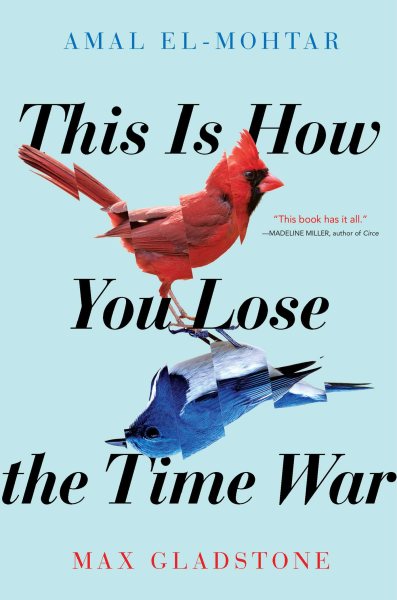




































































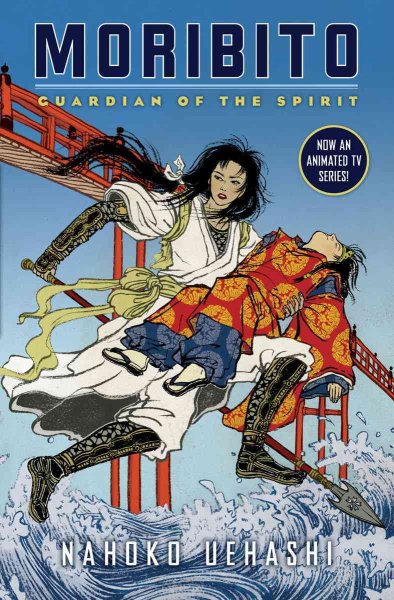
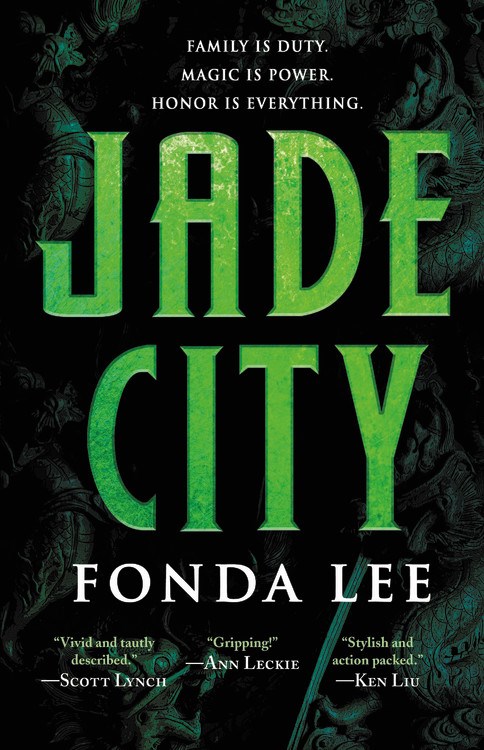
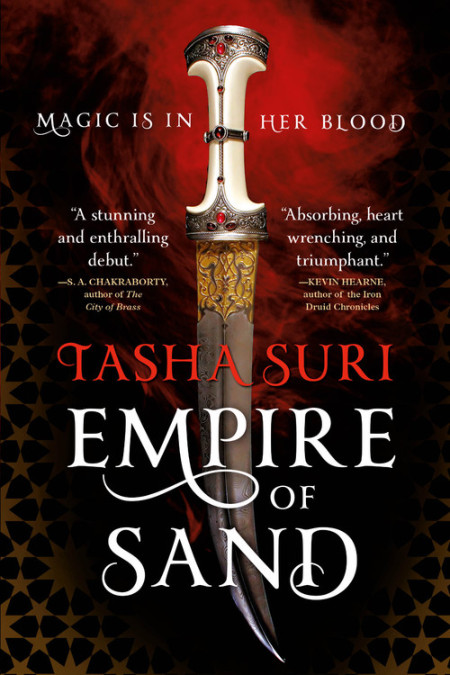
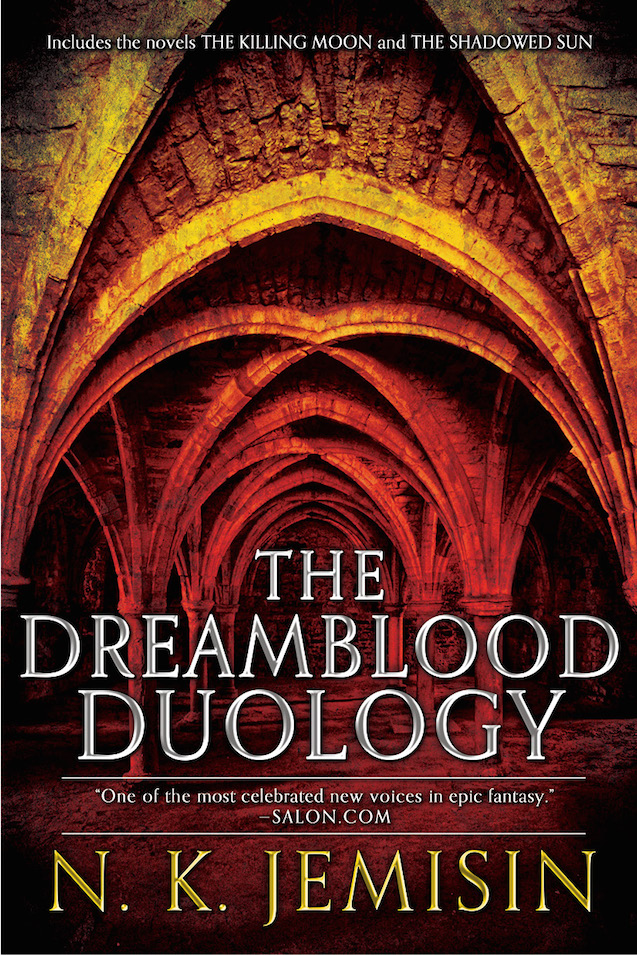
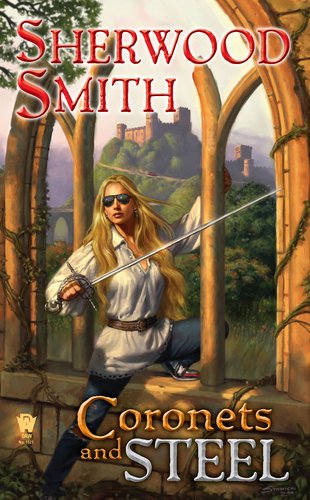
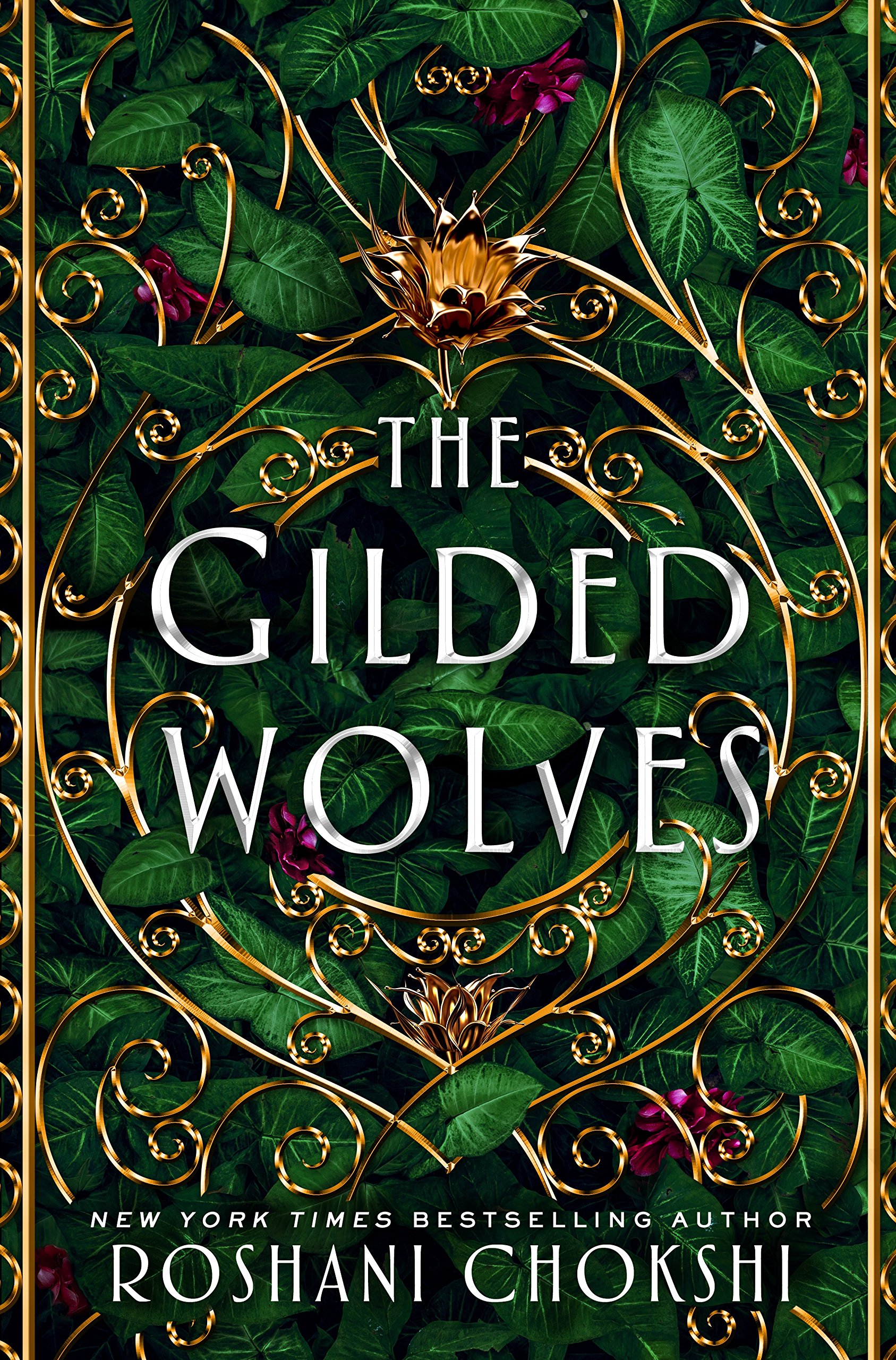
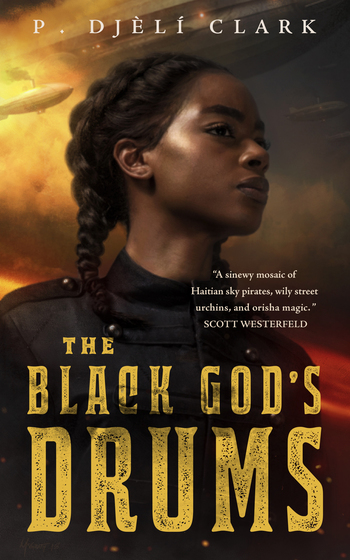
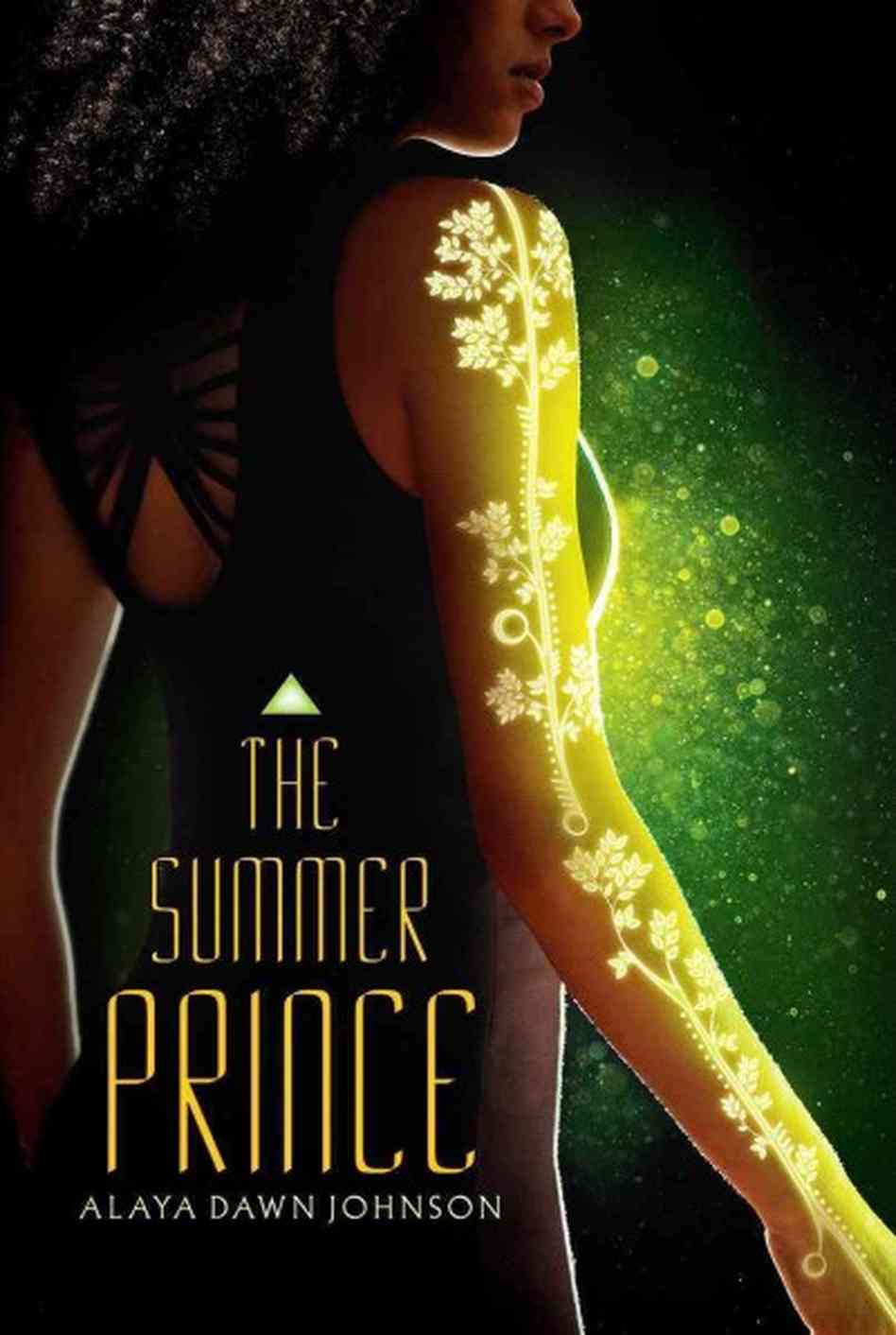

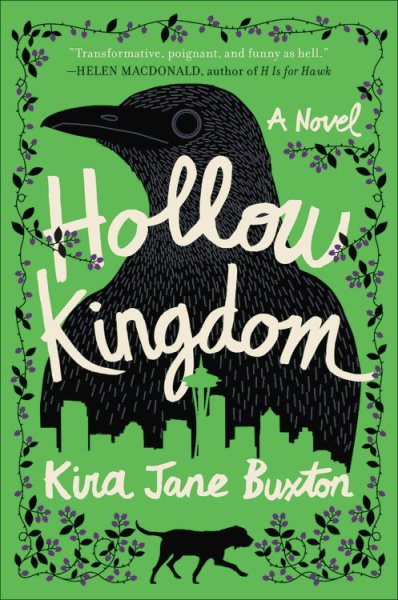
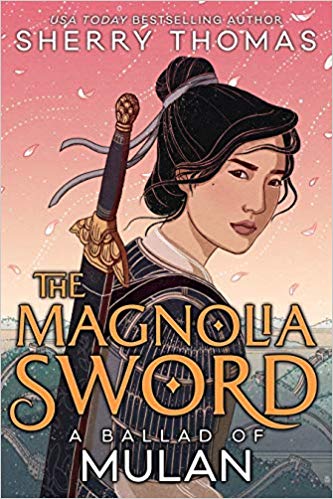


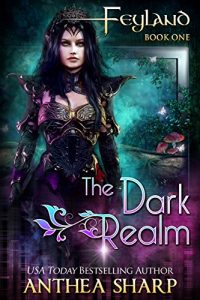
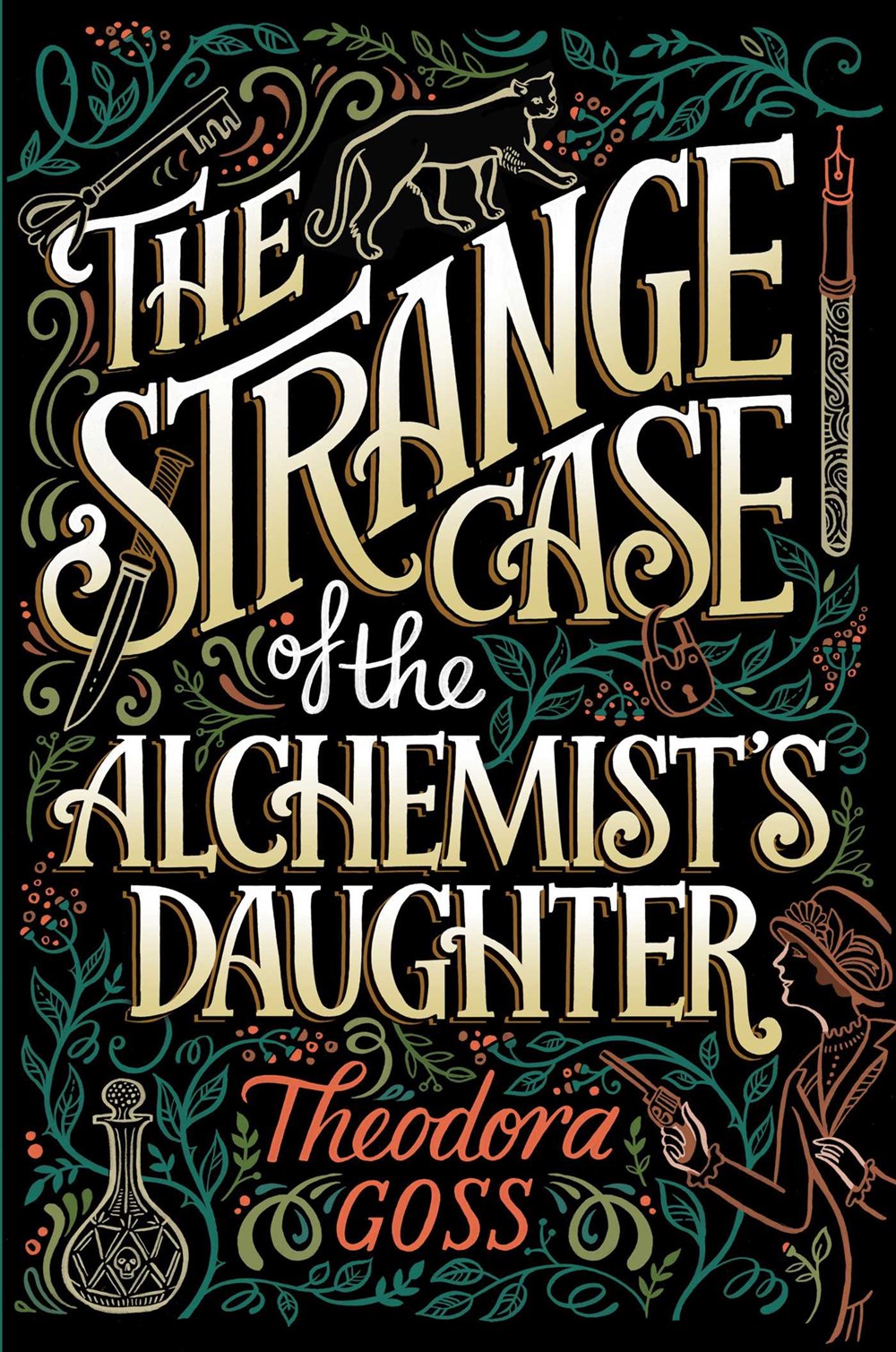
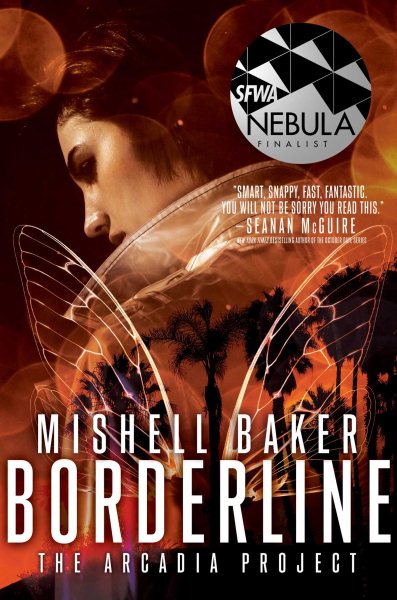
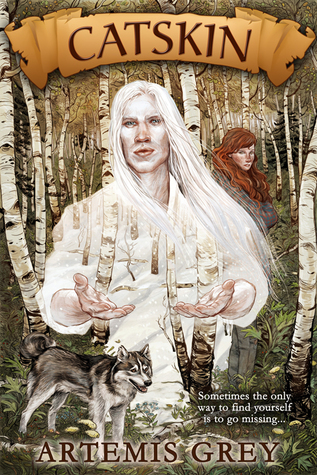
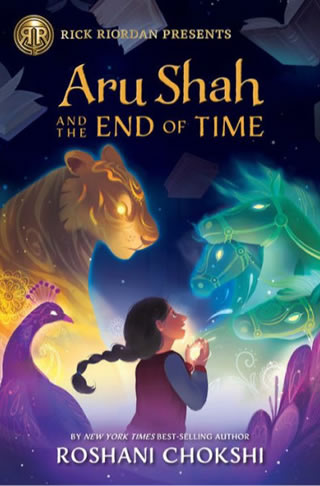
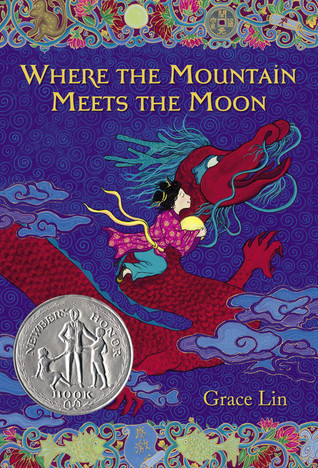



Connect with the Sirens community
Sign up for the Sirens newsletter